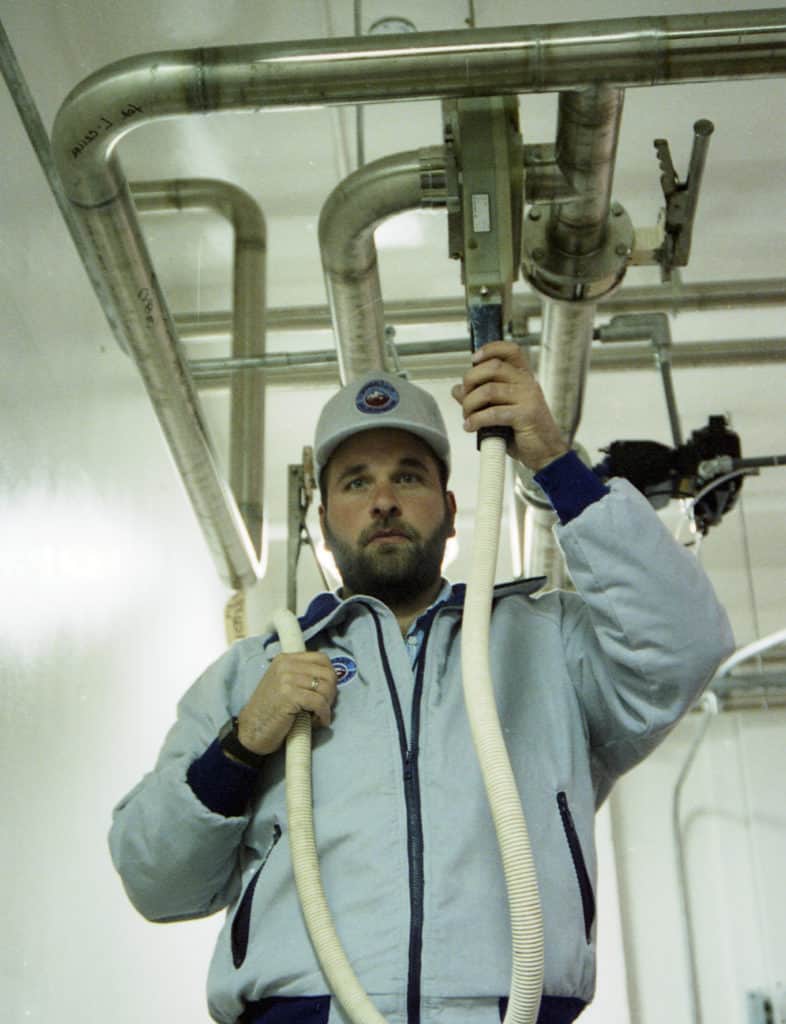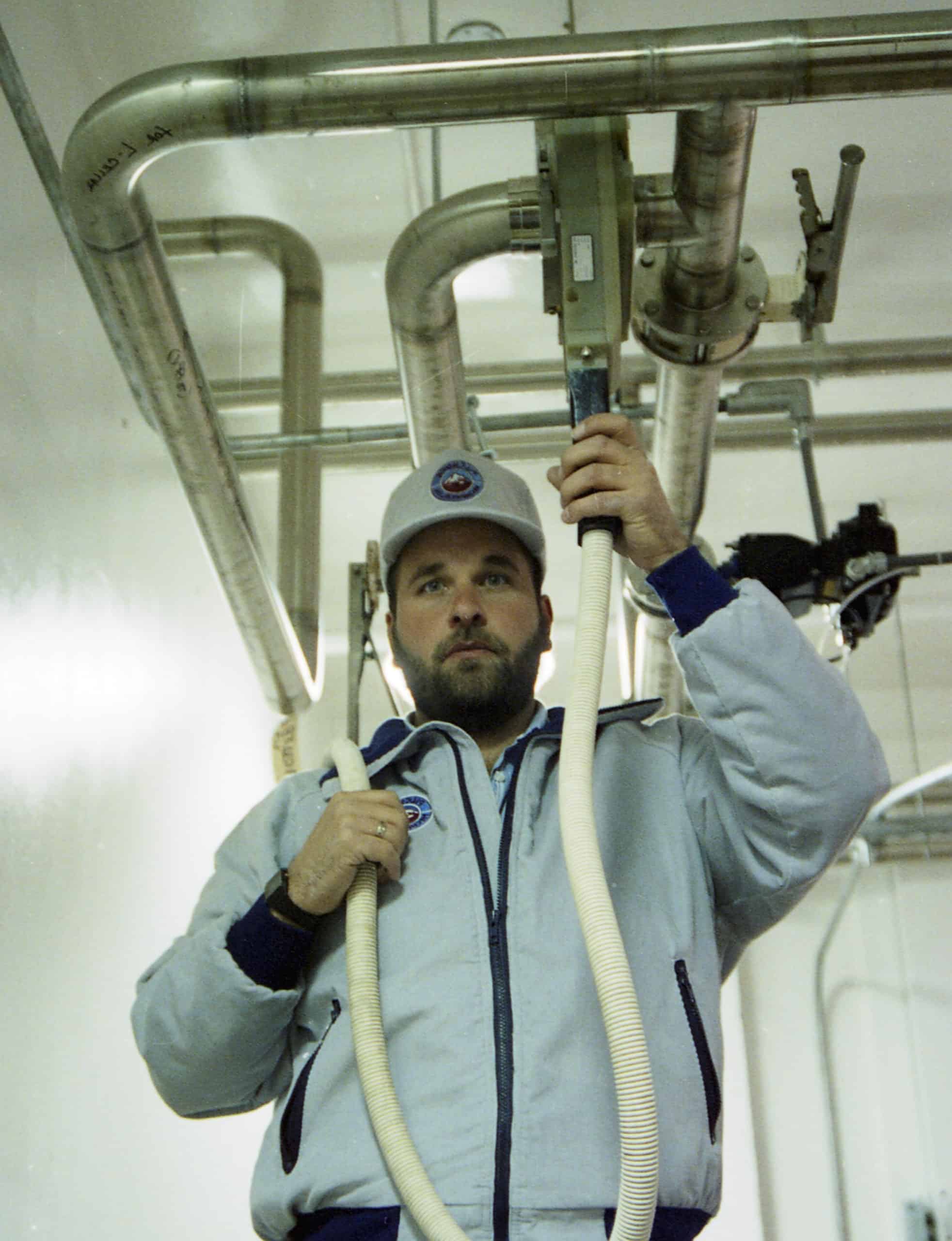
If you’ve invested in orbital welding equipment or you’re about to make the investment, it’s probably because you’ve heard that automated pipe welding is faster and safer than many of the manual welding methods it replaces. This is true: orbital technology is proven to boost productivity and deliver consistent, high-quality welds with fewer rejections and less operator intervention. However, that doesn’t mean it’s risk-free. To minimize or eliminate potential risks, it’s important that operators conduct a thorough orbital welding risk assessment before starting any new welding procedure. A quick survey of potential risks as part of an operator’s daily process will help ensure welding safety and quality.
What to Consider in an Orbital Welding Risk Assessment
Orbital welding automates many of the processes typically associated with manual tube and pipe welding, thereby delivering consistent, quality welds far more efficiently. For many applications, this eliminates the need for highly-skilled welders. However, shops need to be certain their operators fully understand the capabilities of orbital welding equipment and are able to use it safely.
An orbital welding risk assessment should be a daily practice, focusing on four areas: equipment, environment, personal safety, and operator experience. The following list of best practices can be compared against your current practices with the goal of identifying and mitigating potential risks.
1. Equipment Operation and Maintenance
The high-voltage nature of orbital welding presents the greatest and most immediate risk. Prior to commencing any welding activity, the operator should check:
- Power source and connections: Ensure that the unit is connected to an electricity supply designed to meet the unit’s AC power requirements—voltage, amps, and frequency—and that all electric cables, plugs, and sockets are in working order.
- Power supply airflow: Check that the power supply has unrestricted airflow for its intake and exhaust vents.
- Location of cables: Route cables away or make sure they are protected from any heat sources, hot pipes, nearby equipment, foot traffic, and trip hazards.
- Fittings and connectors: Connectors should be properly seated and protective boots in place to prevent poor connections, short circuits, and gas leaks.
Proper care of equipment between welding jobs also reduces the risk of malfunction or unscheduled downtime that can impact productivity. Operators should practice:
- Careful handling: Extreme care should be taken to avoid dropping portable power supplies, weld heads, and accessories.
- Proper storage: Weld heads should always be stored in their protective containers.
- Use of approved cleaning agents: Only a light solution of isopropyl alcohol on a soft cloth should be used when cleaning weld heads.
The manufacturer of your orbital welding equipment is also likely to have specific guidance regarding proper use and maintenance of their equipment. Operators should review that information and incorporate it into their orbital welding risk assessment and mitigation practices.
2. Environmental Assessment
The immediate environment where welding operations take place can also present potential risks. Shop environments pose less risk than onsite or outdoor welding projects, where the workspace and conditions can vary greatly. Regardless, before any welding process begins, operators should check the surrounding work area for:
- Adequate ventilation: Proper ventilation will dissipate any toxic fumes that may occur during a welding project. Also, note that because argon gas is heavier than air and displaces the normal atmosphere, it can cause suffocation in an enclosed area.
- Flammable or explosive materials: Remove any objects that could be ignited by heat from the arc and keep a fire extinguisher within reach.
- Rain or standing water: Ensure that water does not contact the pendant, weld heads, or cables.
- Electronics: Remove nearby electronic equipment that could be affected by high-frequency radio waves produced when starting the arc.
When assessing the environment, it’s also important to consider other people in the area, such as co-workers and those passing through the workspace. Anyone in the area that might be exposed to heat or radiation from the arc should wear proper protection.
Other welding processes may pose unique environmental risks, based on location, pipe or tubing materials or configuration, gases used, and the duration of the activity. Operators should be properly trained to assess and mitigate those risks. Always follow the procedures outlined in your company’s Hot Work permit.
3. Personal Safety
The greatest and most immediate risk to an operator during an orbital welding process is improper handling of energized electrical components, which could cause fatal shocks. The orbital welding electrode should always be considered a possible hazard, whether ready to weld, welding, or finished. Equipment malfunction or improper maintenance can result in an electrical potential at the weld head outside of the welding cycle. To protect against these risks, operators should:
- Wear personal protective equipment (PPE): Non-flammable protective clothing and footwear should be worn while operating orbital welding equipment. Use proper eyewear and clothing to avoid ultra-violet (UV) radiation emitted by the welding arc and infra-red (IR) radiation given off by the molten weld.
- Consider health conditions: Consult with medical professionals regarding the effects of magnetic fields produced by high currents on pacemakers before engaging in any orbital welding activities.
- Allow cooling time: Let welding components, fixtures, and materials cool sufficiently before touching or handling them after the welding process completes, or use appropriate gloves designed for hot works applications.
Orbital welding equipment varies in size and weight, from portable units to high-end production units weighing several hundred pounds. Operators should follow local, OSHA, and employer guidelines for proper handling to avoid injury as well as equipment damage.
4. Operator Experience
Orbital welding requires a good deal of operator expertise. Proper training in the use of specific equipment and in various types of welding projects is essential to reducing risk. Training should be a top priority for anyone new to orbital welding or unfamiliar with new equipment. Comprehensive orbital welding classes will provide a solid foundation for operators to develop the necessary skills. A good training program is characterized by:
- Hands-on training taught by highly-experienced engineers and technicians.
- Focus on the specific equipment and accessories the operator will be using.
- A range of training options, including standard equipment training, equipment maintenance, and specific welding processes or methods.
Even though an operator may have experience in other types of welding, such as manual TIG, MIG, or stick, a training class helps ensure the operator understands the unique features of the orbital welding equipment they will be working with. Experienced operators help increase equipment reliability, reduce maintenance costs, and improve productivity.
Making Risk Assessment an Everyday Practice
An orbital welding risk assessment is not a once-and-done activity. Any time an orbital welding process introduces a new or different variable—equipment, location, materials, or methods—the operator should assess the situation to identify potential risks. The best orbital welding operators incorporate risk assessment into every project to ensure optimum safety, productivity, and welding quality.
Arc Machines, Inc. has been designing and manufacturing high-quality orbital welding solutions for more than 40 years. Our people, products, and training programs help you optimize productivity and minimize risk. For inquiries regarding products, contact sales@arcmachines.com. For service and training inquiries, contact service@arcmachines.com. Arc Machines welcomes the opportunity to discuss your specific needs. Contact us to arrange a meeting.





